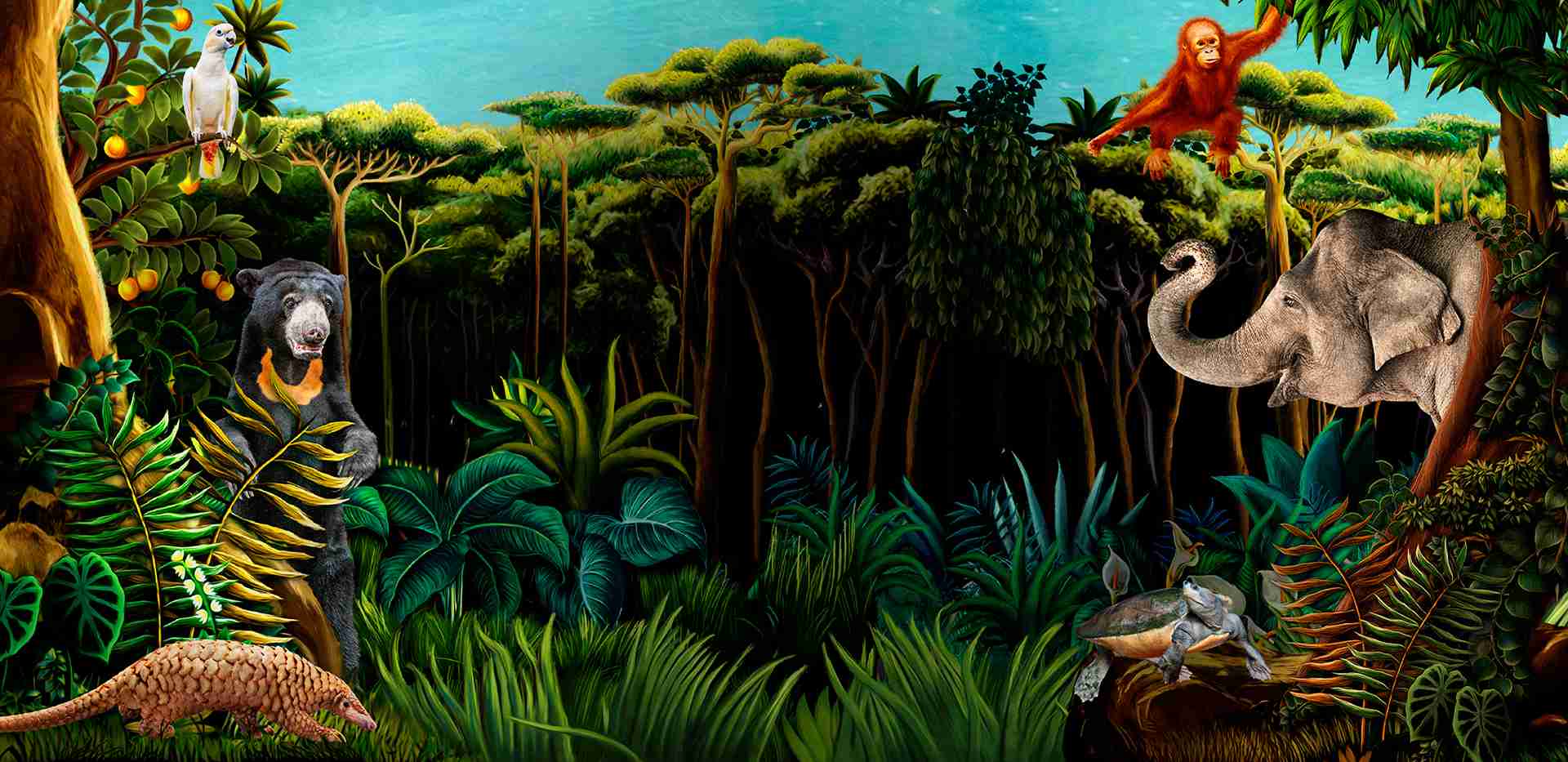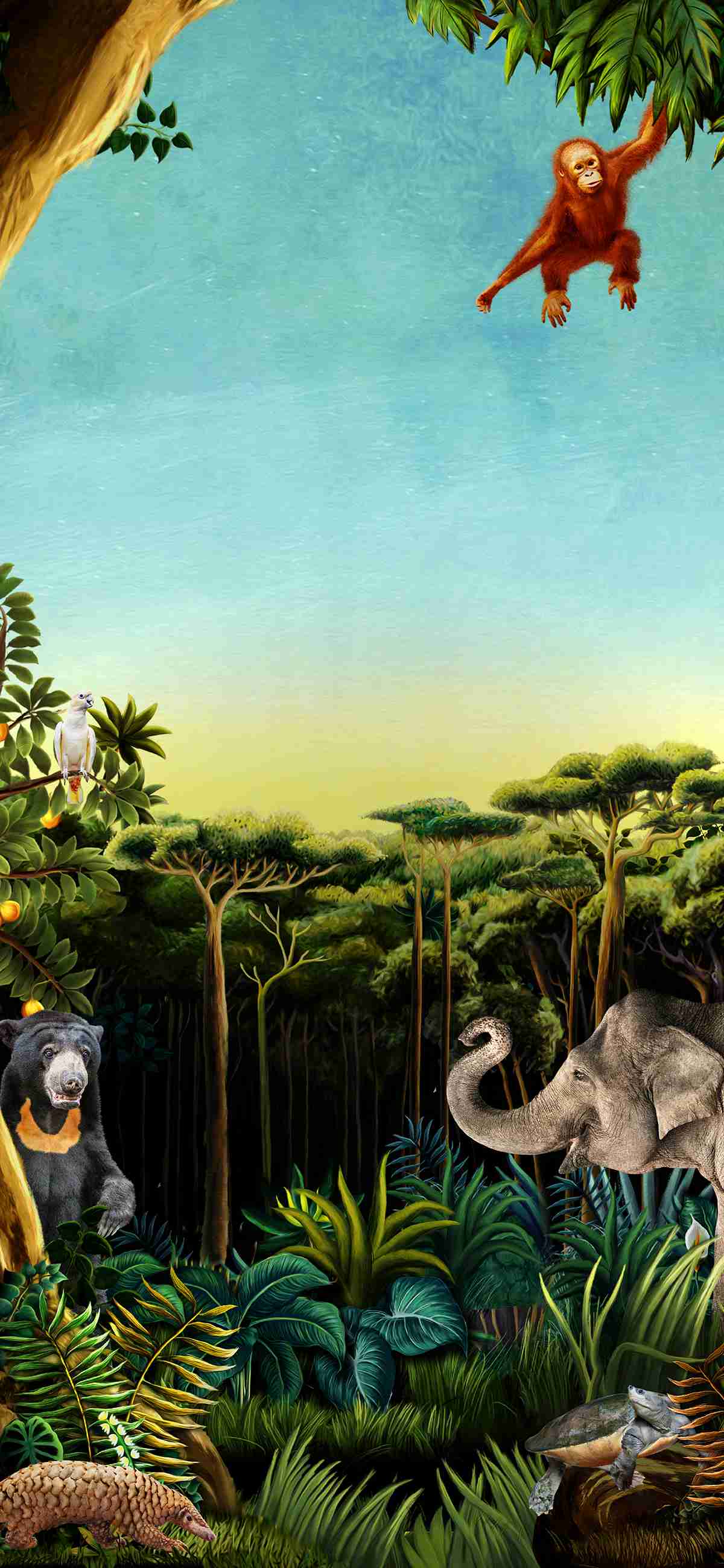Rainforest Wild ASIA
Animals & Zones
Zones
Animals in Our Care
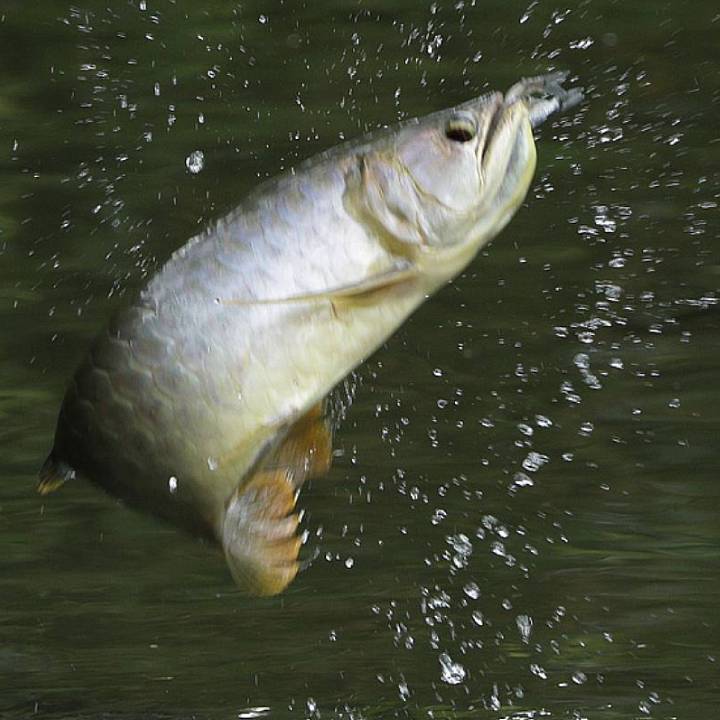
Asian arowana
Growing up to 90cm in length, they launch their thin, powerful bodies out of the water to capture aerial prey.
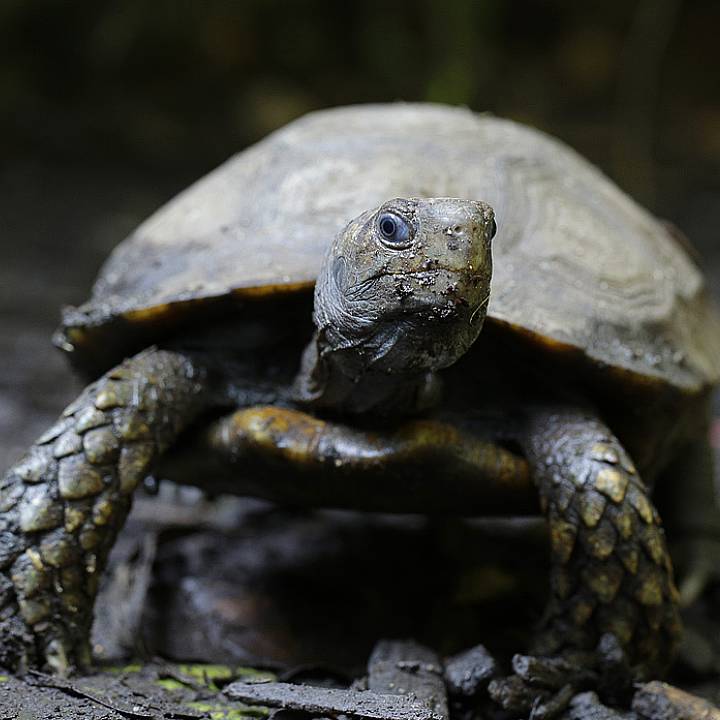
Asian brown tortoise
Growing up to 60cm in length and 40kg in weight, it is the largest tortoise species in Asia.
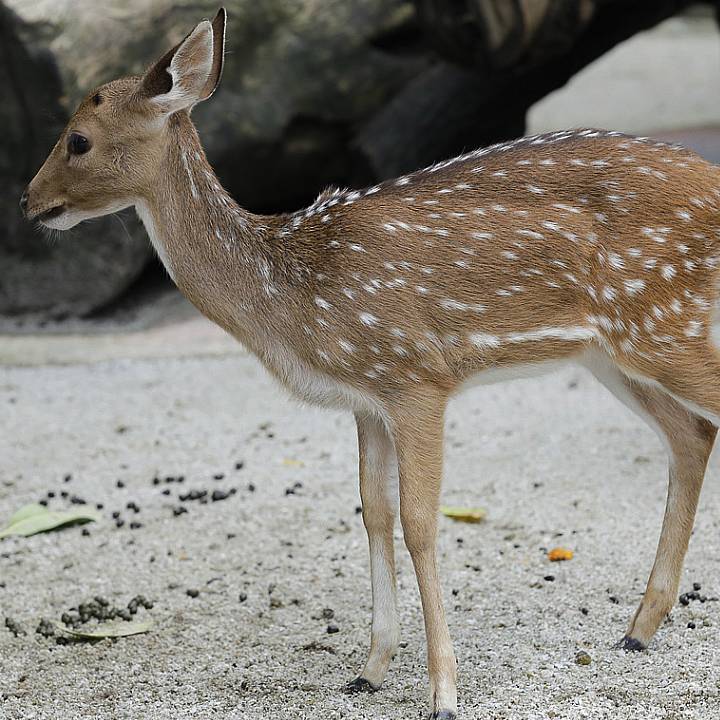
Axis deer
These speedy deer can run at speeds of up to 60km per hour and jump over obstacles over 1.5m high.
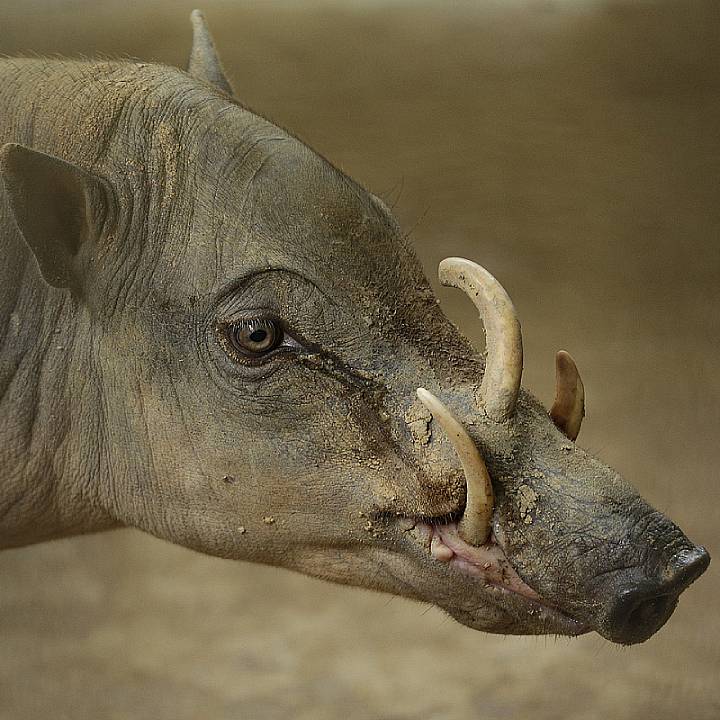
Babirusa
The babirusa's twisted tusks can grow so long that, if not worn down, start curving back toward their own skull!
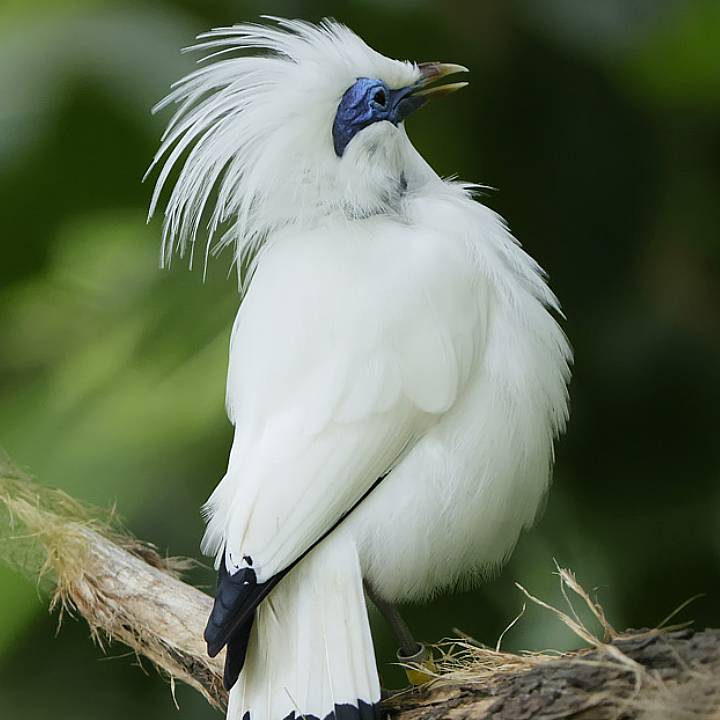
Bali myna
Before conservation efforts brought them back, there were only six of these birds left in the wild in 2001.
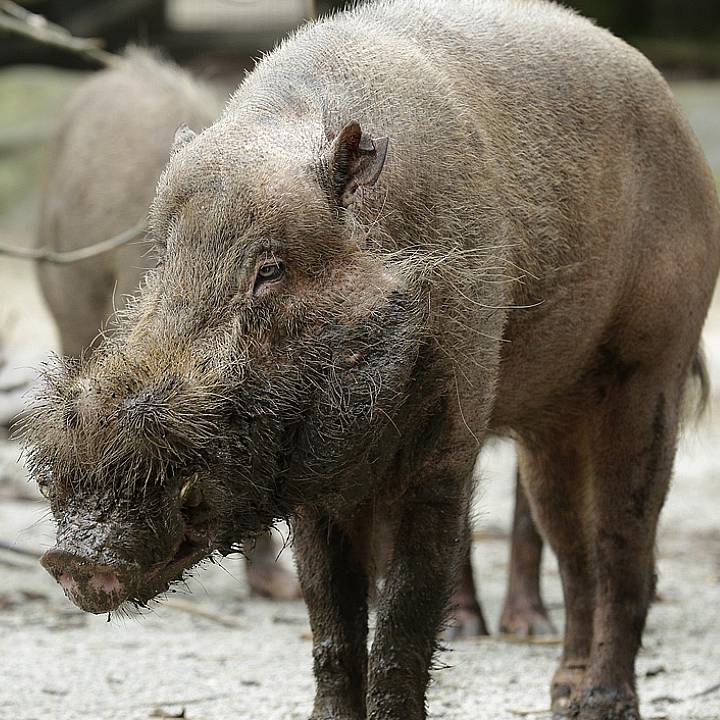
Bearded pig
Large and long-legged with elongated faces, these pigs have “beards” up to 15cm long, and tusks up to 25cm in length.
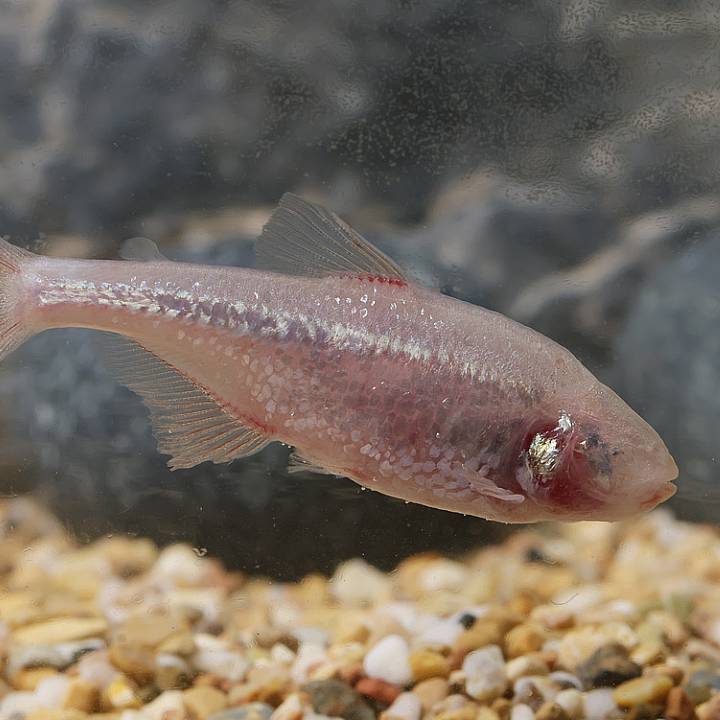
Blind cave fish
These fish have a more sensitive lateral line system which detects vibrations or changes in pressure in water.
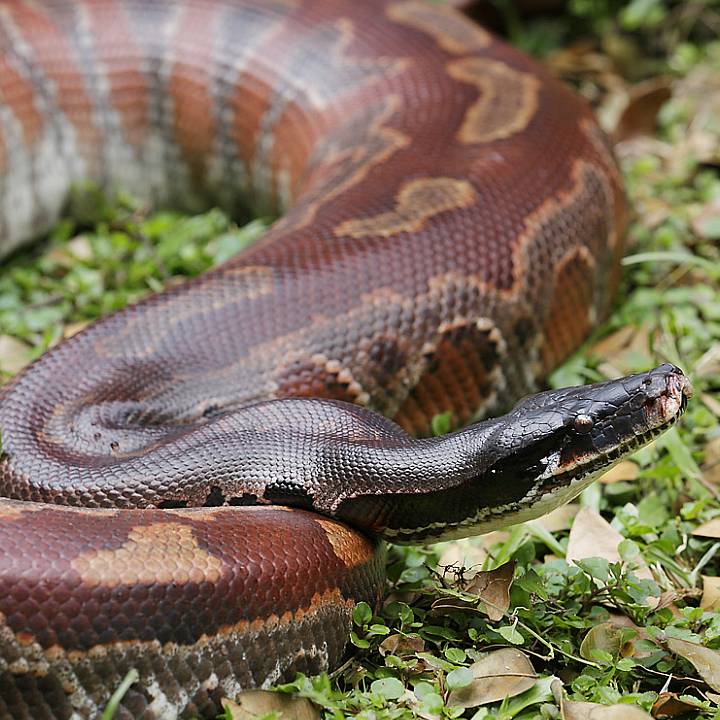
Blood python
These striking snakes can see a thermal image of their surroundings, making them effective hunters in the dark.
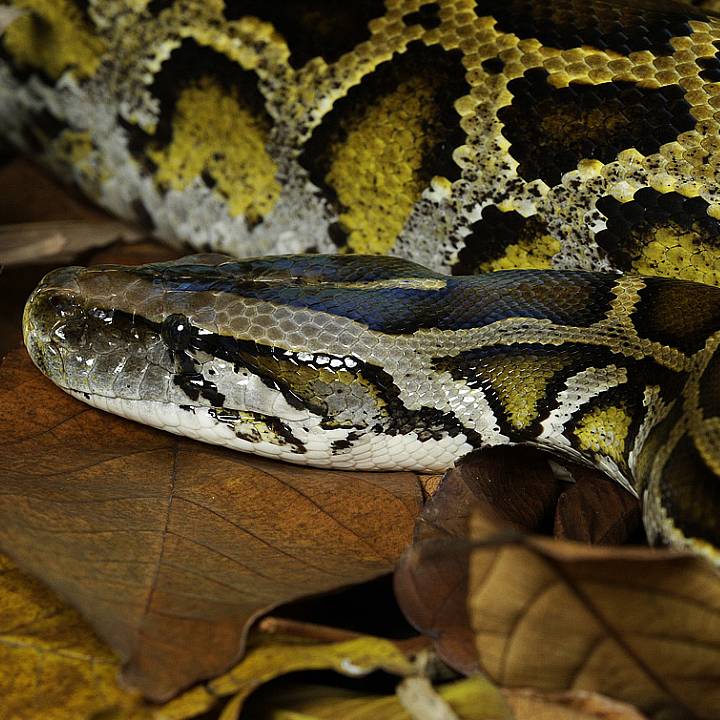
Burmese python
Known to grow up to 7m in length, this python is one of the top five largest snakes in the world.
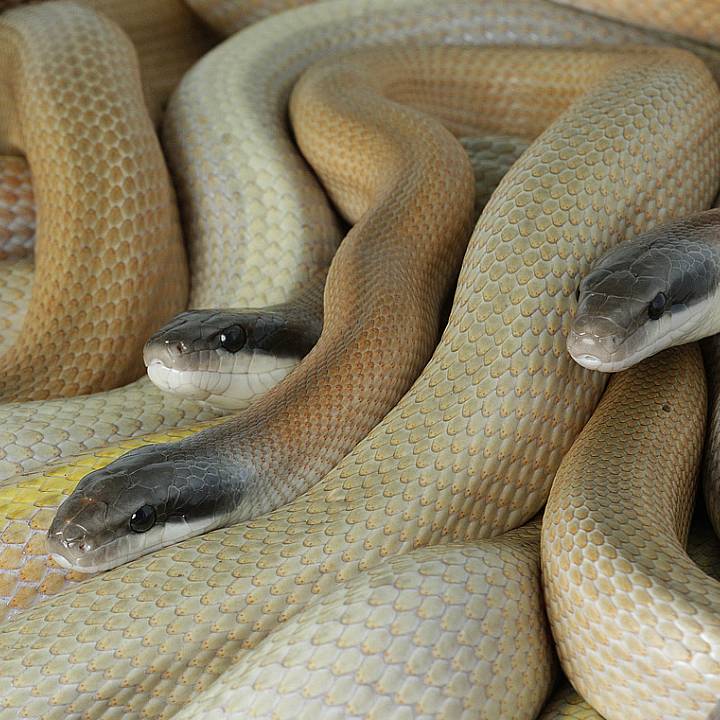
Cave racer
Also called the beauty rat snake, this constrictor has the remarkable ability to move along cave walls very efficiently.
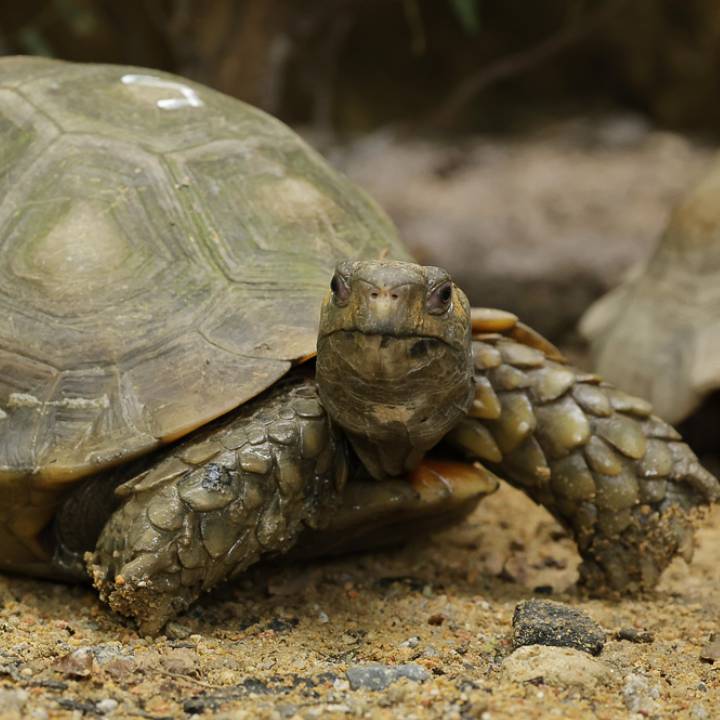
Elongated tortoise
While their patterns range from pale-yellow to solid black, males sport a pink colour around their nostrils when breeding.
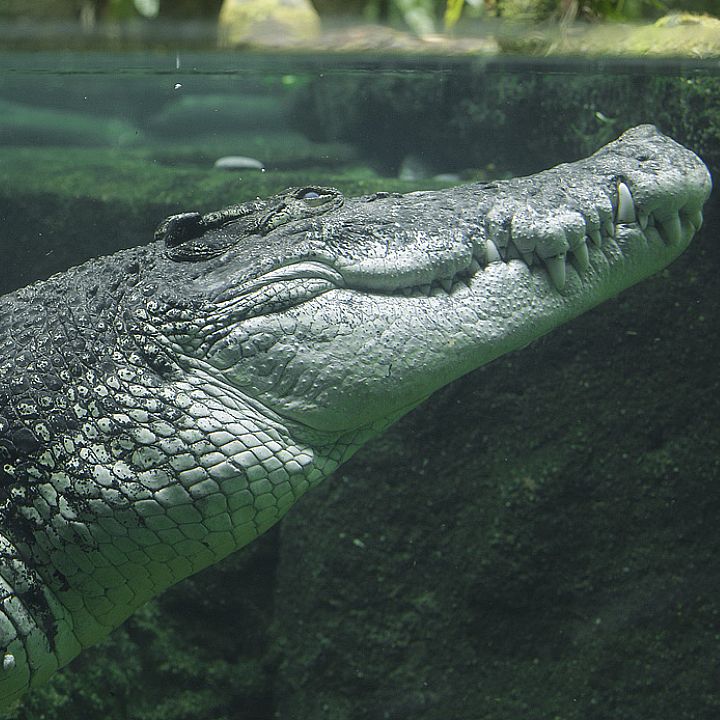
Estuarine crocodile
Having been recorded at lengths of 7m and weights of 1,000kg, it is the largest living reptile on earth.
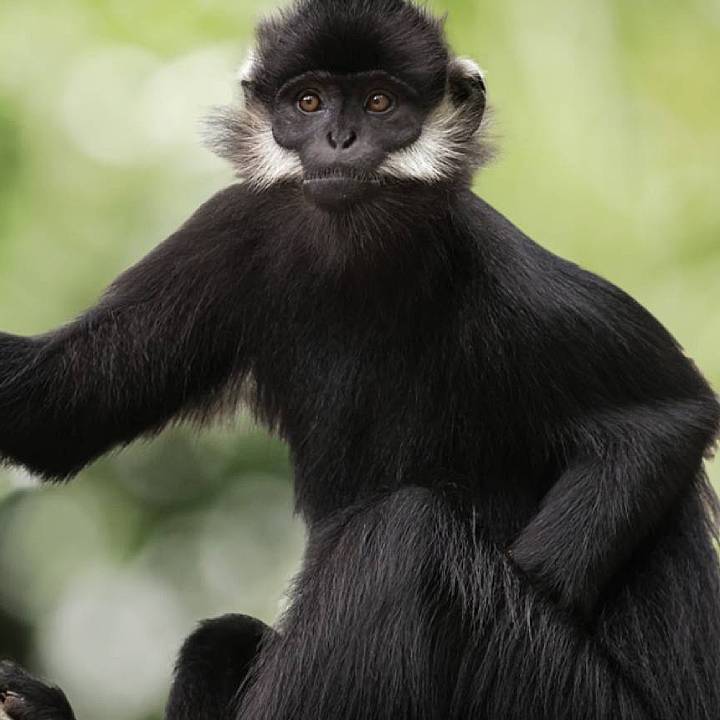
Francois’ langur
These leaf-eating monkeys are born bright orange, but their fur gradually turns black as they grow up!
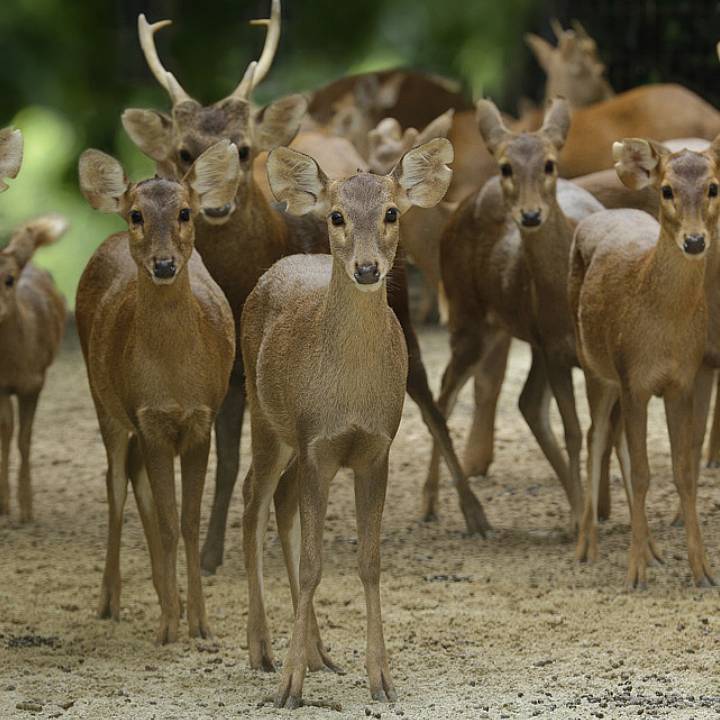
Hog deer
These deer often rush through grass with their head down like a pig, rather than bounding over obstacles like other deer.
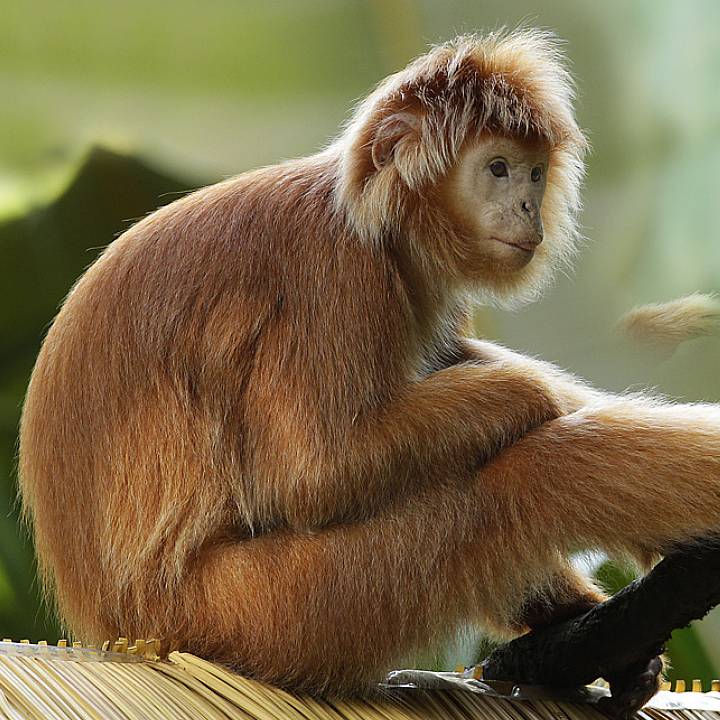
Javan langur
We help conserve them, protecting their natural habitat through the cultivation of sustainable shade coffee, Owa Coffee.
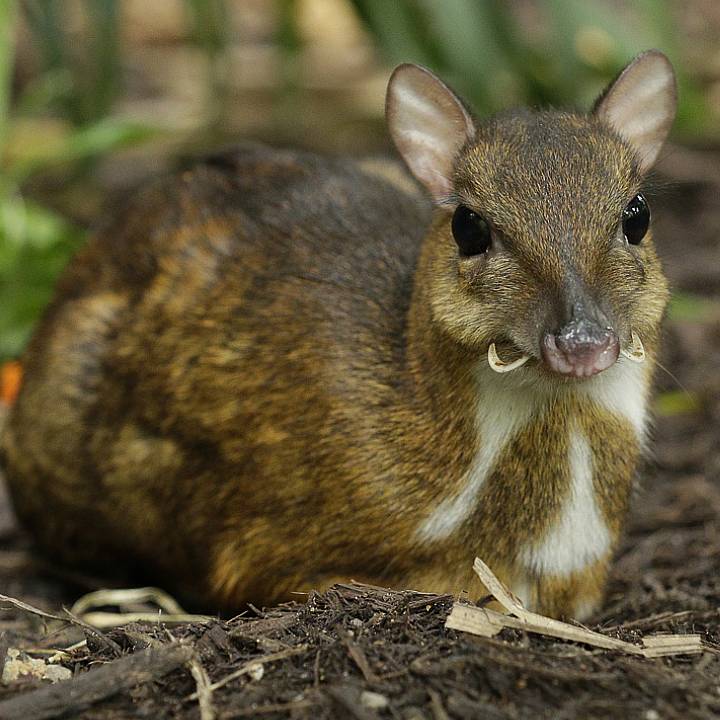
Lesser mousedeer
Being one of the world’s smallest hoofed animals, the lesser mousedeer has fangs instead of antlers.
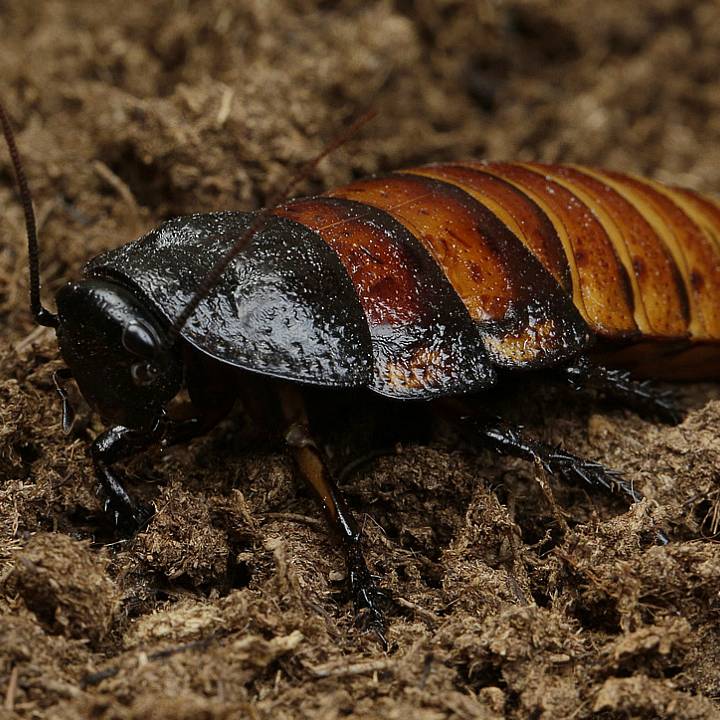
Madagascar hissing cockroach
One of the largest species of cockroaches it hisses by expelling air through abdominal breathing pores.
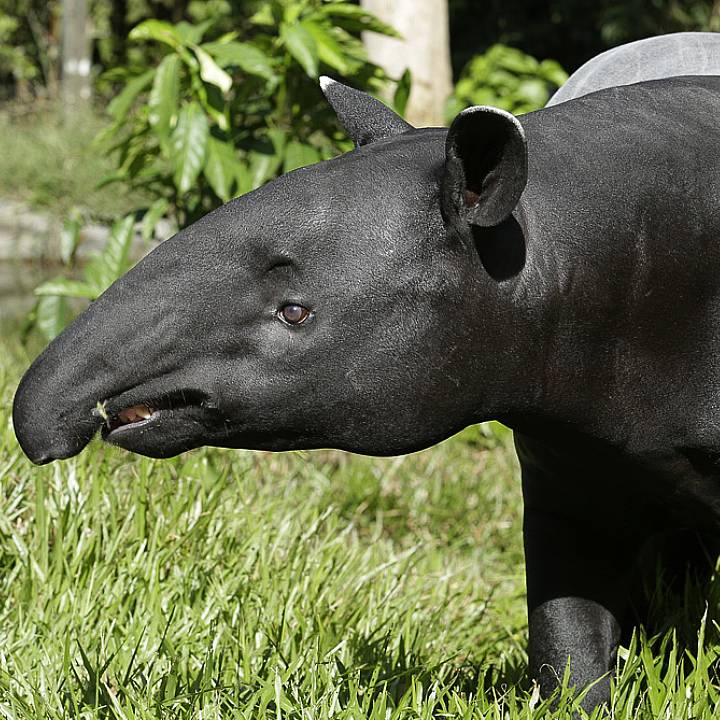
Malayan tapir
Despite their shape, they can run through dense forest vegetation, climb steep slopes on riverbanks, and swim with great finesse!
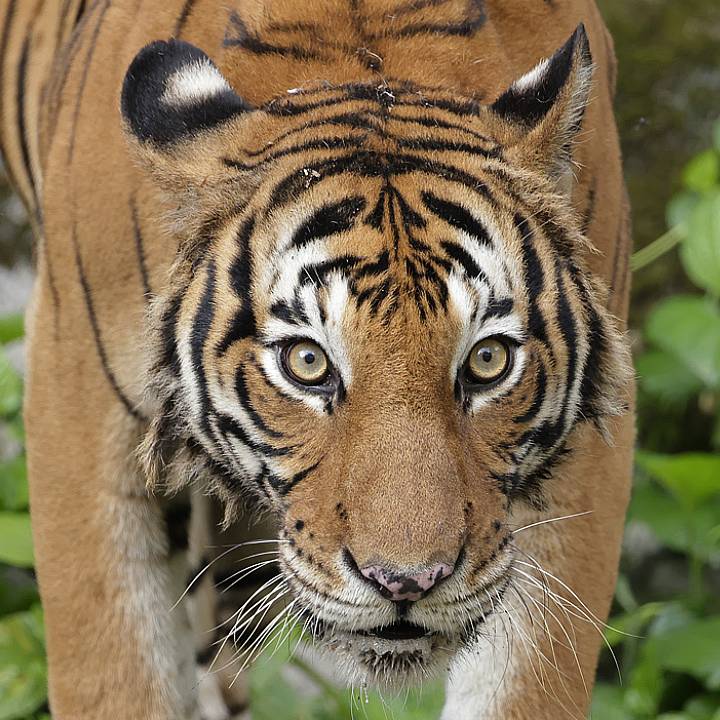
Malayan tiger
These big cats are expert swimmers and hunters, having been recorded venturing from water up to 2km above sea level!
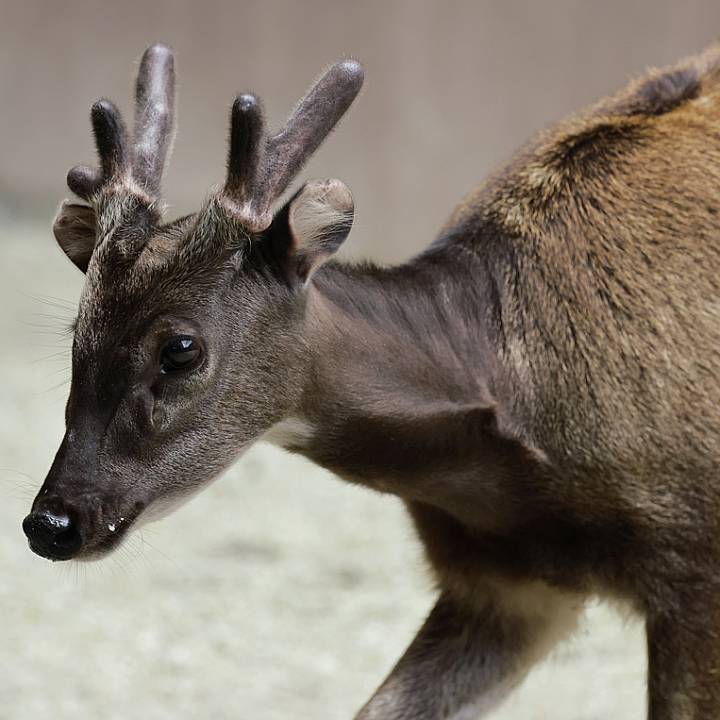
Philippine spotted deer
We support their conservation with species repopulation, habitat assessment and protection, and community outreach.
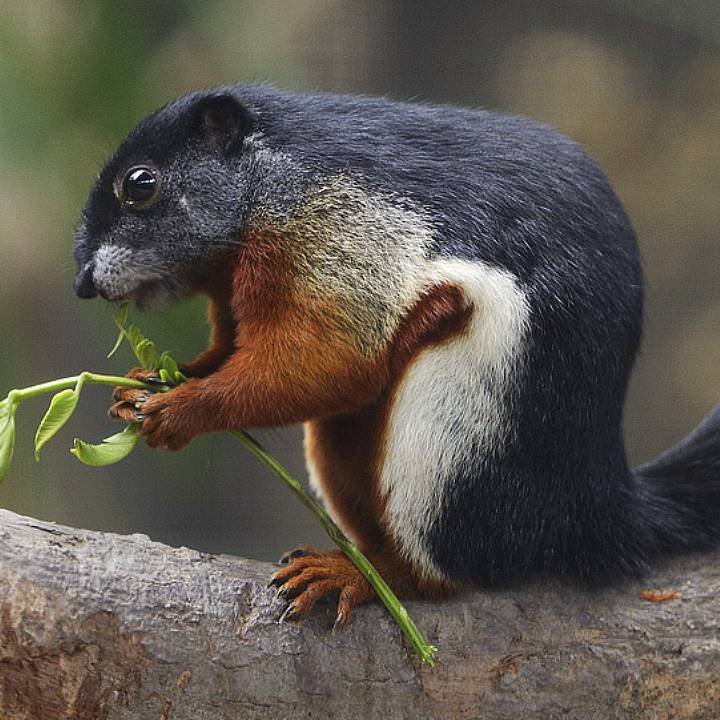
Prevost's squirrel
Their tails aid balance when running, climbing and jumping, and provide warmth when wrapped around them at night.
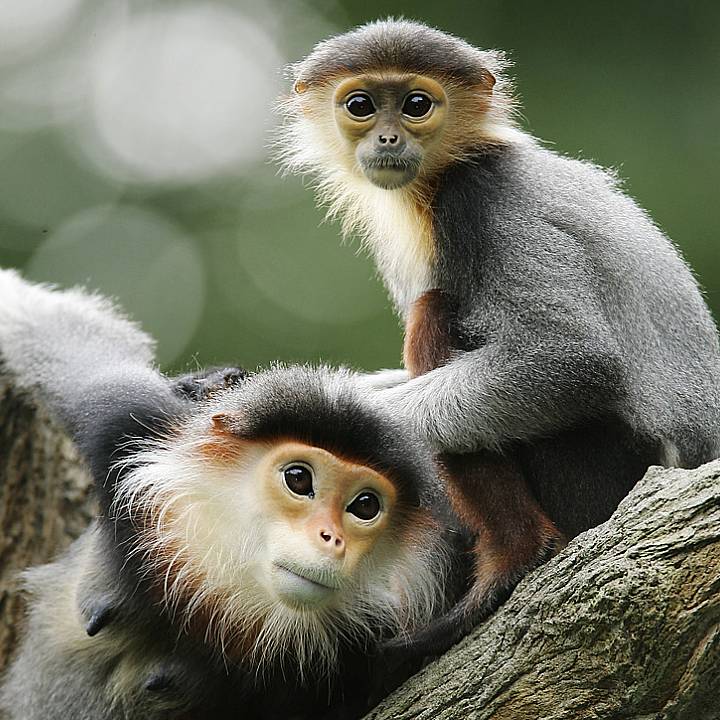
Red-shanked douc langur
The most colourful primate, with tails usually the same length, or even slightly longer than their bodies!
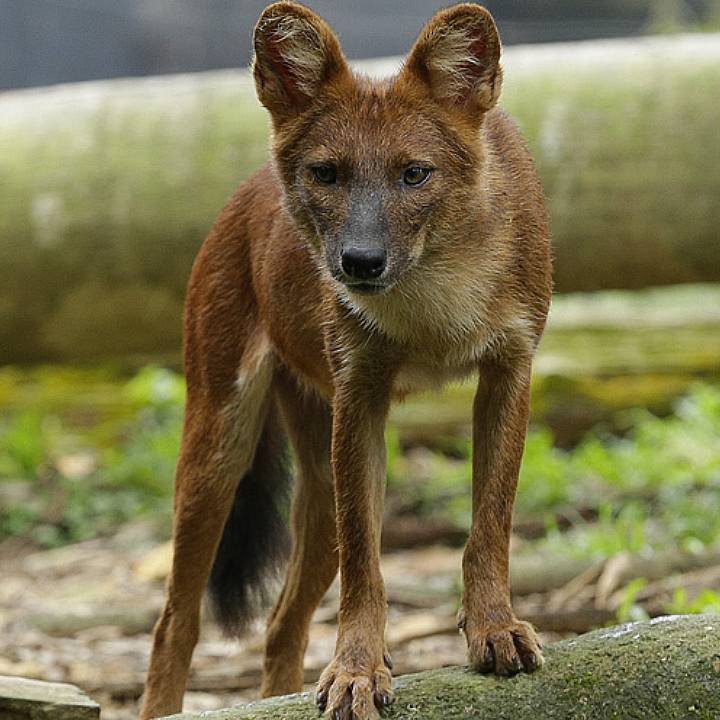
Red dhole
Living in packs of 5-12, they occasionally play and hunt with other packs, forming temporary “super packs”!
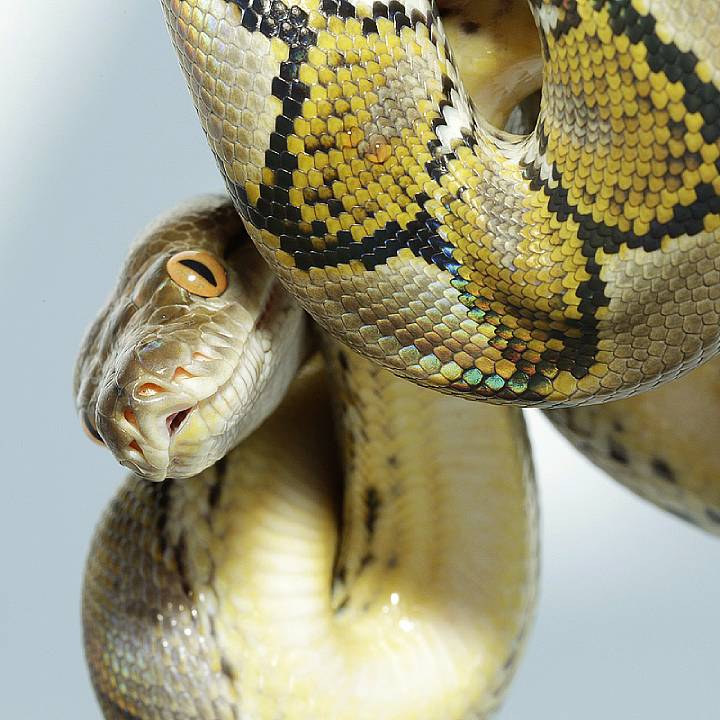
Reticulated python
Besides being the world’s longest snake, this python is also an excellent swimmer, having been reported far out at sea!
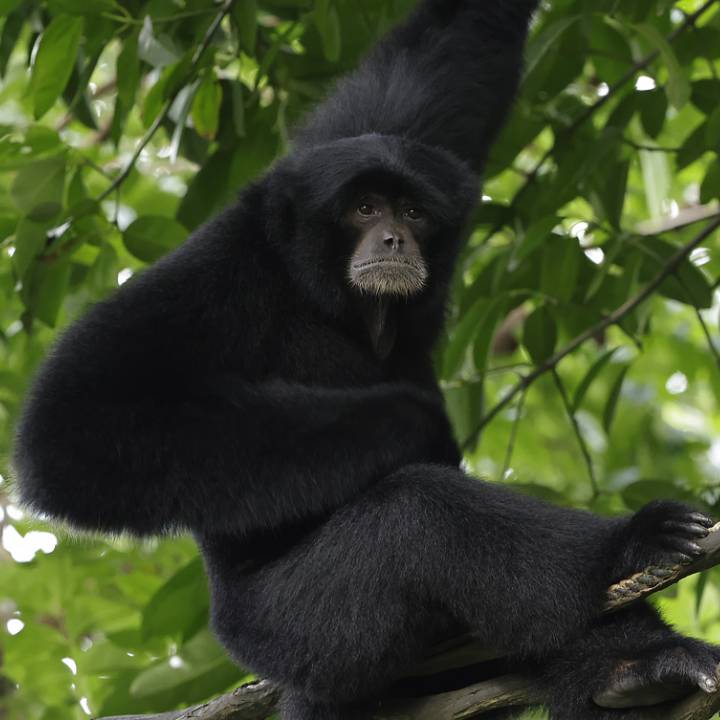
Siamang
The largest of all gibbons, this endangered arboreal, black-furred ape is native to Indonesia, Malaysia, and Thailand.
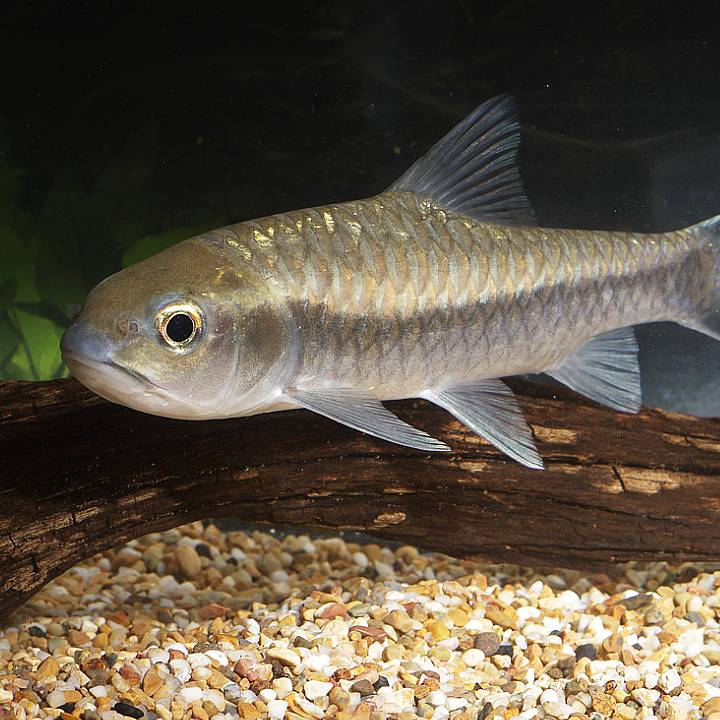
Soro brook carp
With a body length of only 15-20cm, soro brook carp prefer to swim in groups of 10-20, eating insects, plants, and fruits.
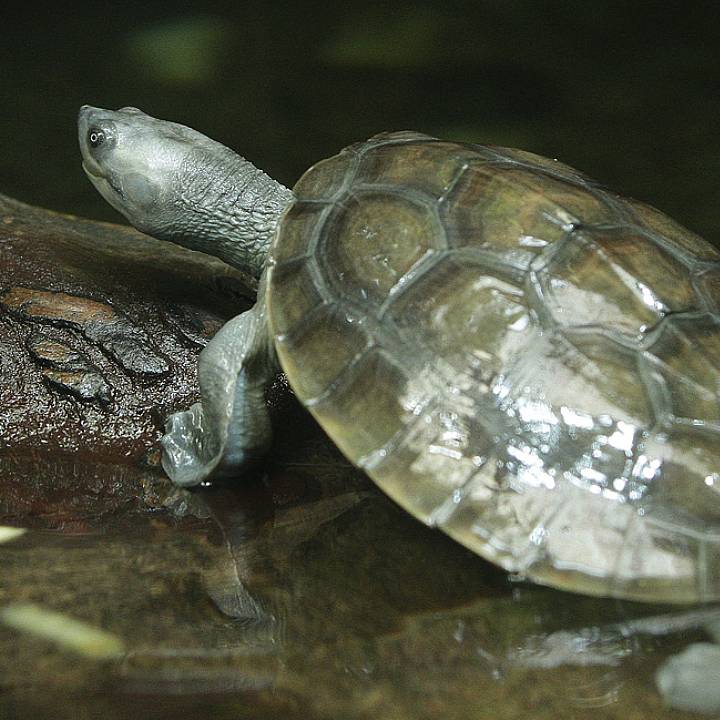
Southern river terrapin
Commonly known as the “Royal Turtle” in Cambodia, it is critically endangered by hunting and deforestation.
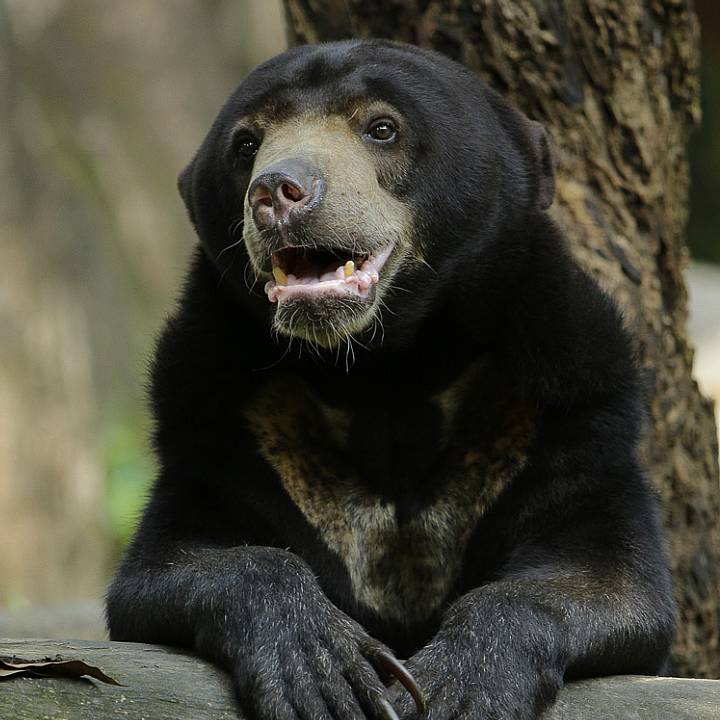
Sun bear
Averaging 1.5m tall, it is the smallest of all 8 bear species. Their long tongue helps extract honey and insects.
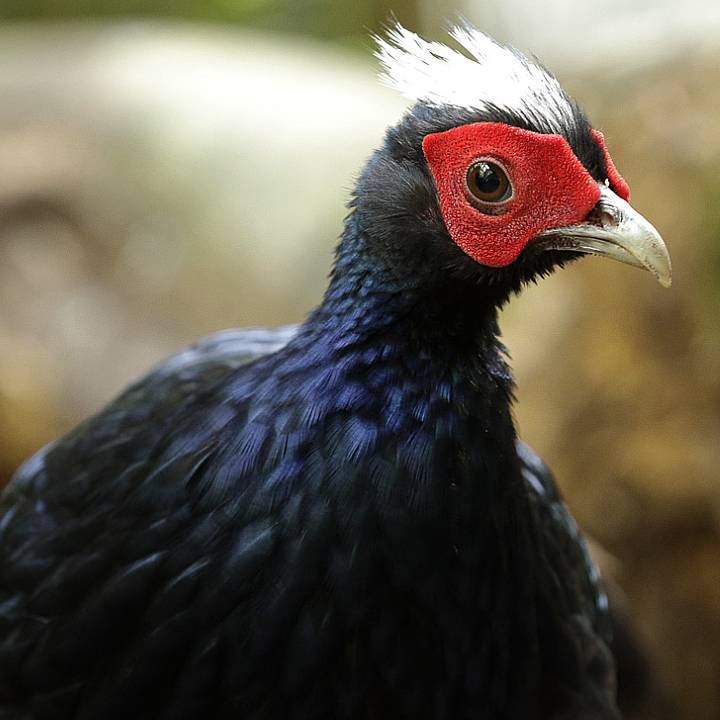
Vietnam pheasant
We manage an insurance colony for this critically endangered bird, working towards its eventual reintroduction into the wild.









